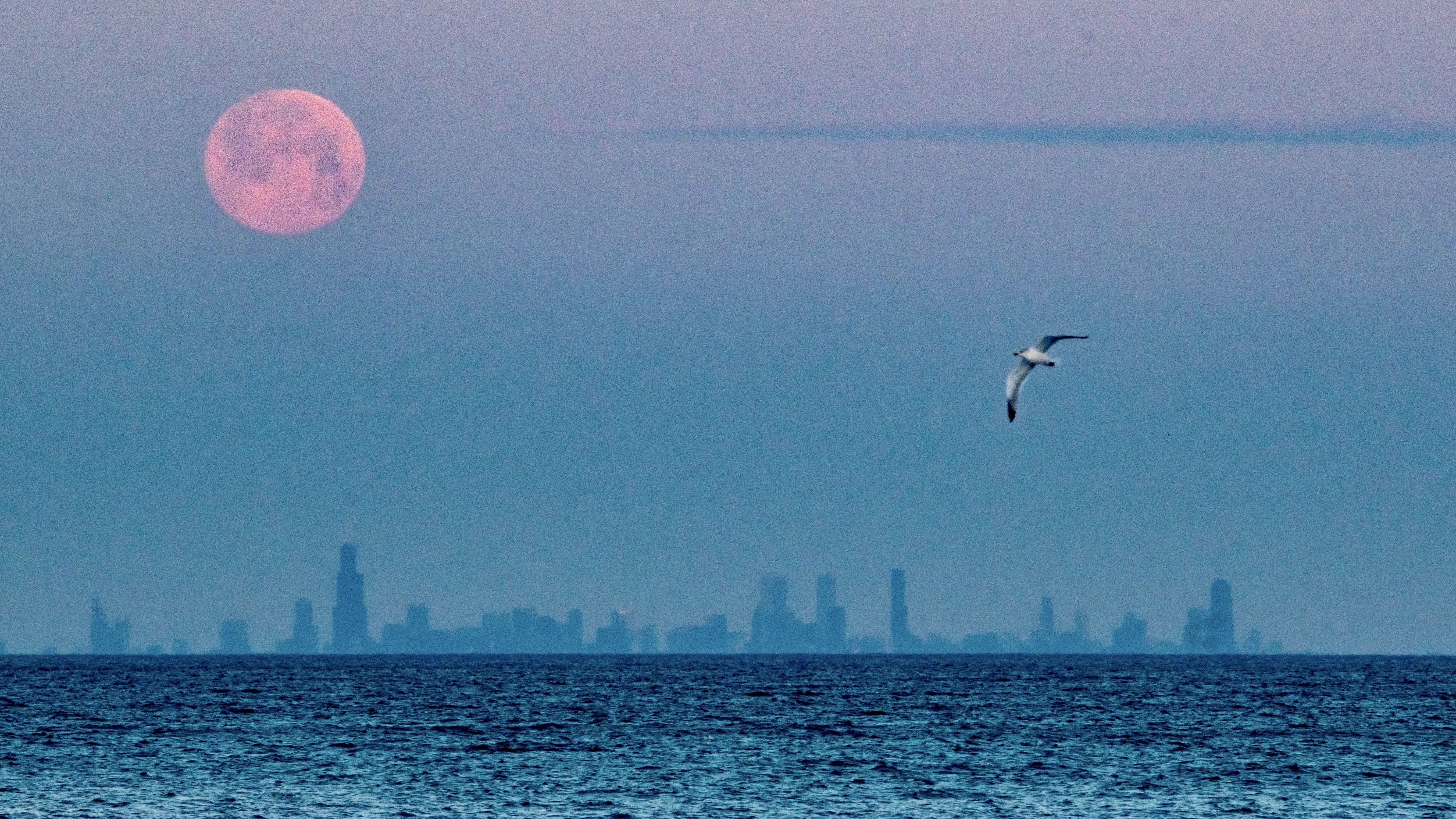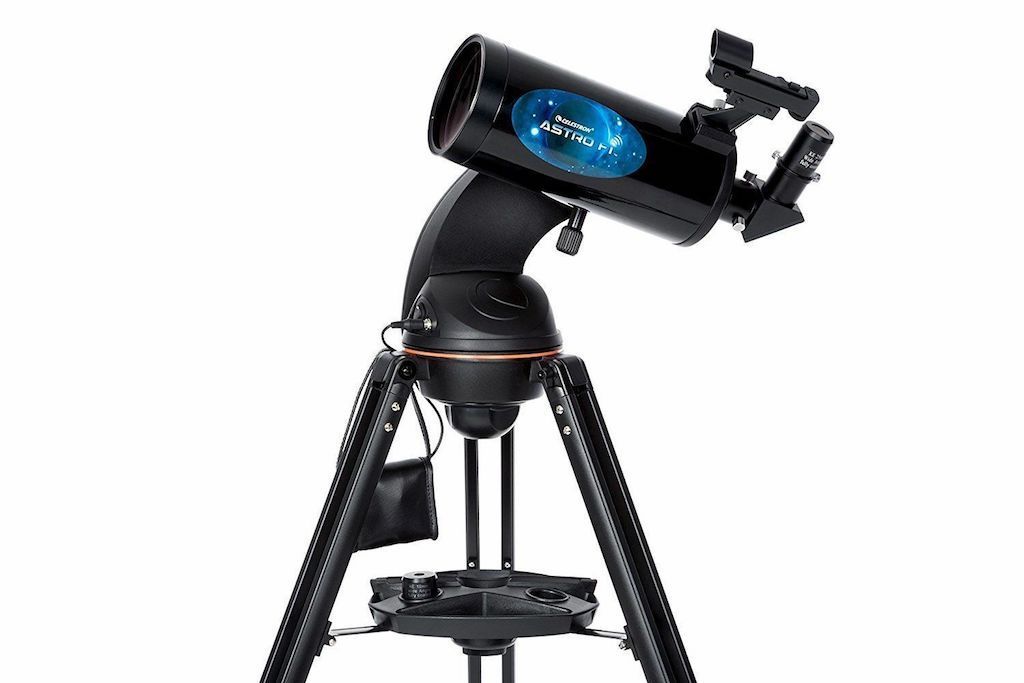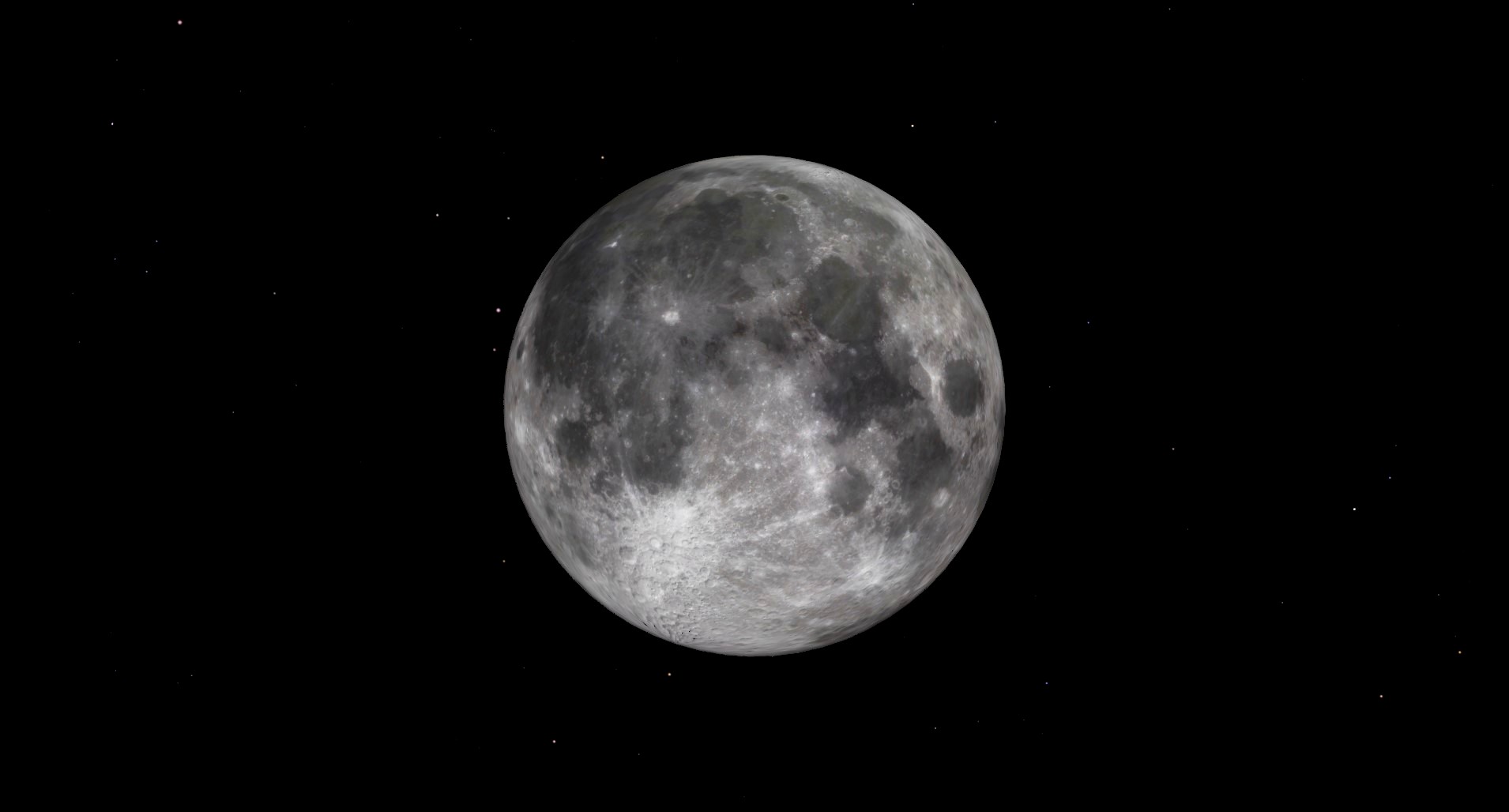February full moon 2025: See Mars disappear behind the Snow Moon

The full moon of February, known as the Snow Moon, will reach peak illumination in the eastern U.S. at 8:53 a.m. EST (1353 GMT) on Feb. 12, three days after it occults Mars.
The full moon occurs when the moon is directly opposite the sun from Earth's perspective. Most of the time, it is fully illuminated by sunlight. Occasionally, the moon's orbit carries it into Earth's shadow, causing a lunar eclipse. However, February's full moon will bypass Earth's shadow because the moon's orbit is tilted about five degrees relative to Earth's orbital plane, preventing perfect alignment between the sun, Earth, and moon.
A full moon's timing depends on one's time zone; the moon reaches full phase after the moon is above the horizon in Africa and Asia; for example, the full moon is at 6:53 p.m. local time in Tashkent, Uzbekistan, five hours ahead of Greenwich Mean Time, and moonrise is at 5:39 p.m. As one moves further east the moon is higher above the horizon as it reaches full phase. In Singapore, the full moon is at 9:53 p.m. local time and moonrise is at 7:16 p.m. local time. In the other direction, observers in Hawaii will see the full moon at 3:53 a.m. local time, well before the moon sets at 7:20 a.m. In New York, the moon rises at 5:40 p.m. local time, sunset that day is at 5:27 p.m.; for skywatchers in the continental U.S. the moment when the moon reaches full phase occurs when it is below the horizon.

Looking for a telescope to see the features of the full moon up close? We recommend the Celestron Astro Fi 102 as the top pick in our best beginner's telescope guide. Don't forget a moon filter!
On February 9 the moon occults Mars. The occultation will be visible across the far northern parts of North America, northern Asia and Europe; in other places, the moon will make a close pass to the planet. One of the southernmost places Mars' disappearance will be visible from, just as the moon sets, is Hong Kong; the moon will be hugging the horizon. Mars disappears behind the moon there at 5:03 a.m. local time on Feb. 10; but at that point, the moon will be only about 2 degrees in altitude; the moon sets there at 5:15 a.m., according to data from the International Occultation Timing Association.
Observing prospects are much better as one moves far north; to catch the entire occultation while both the moon and Mars are above the horizon one must be at least at the latitudes of mainland China; the further north one is the higher both will be in the sky at the moment of Occultation. In Beijing, for example, the occultation starts at 4:30 a.m. local time with the moon about 14 degrees above the northwestern horizon. Mars emerges from behind the moon at 5:20 a.m. just as the moon is setting.
Other Asian cities where the occultation will be visible include Almaty, Kazakhstan, where the occultation begins at 1:41 a.m. local time on Feb. 10, with Mars re-emerging at 1:58 a.m. In Ulaanbaatar, Mongolia, it starts at 2:09 a.m. on Feb. 10 and ends at 3:13 a.m.
In Europe one can see the event from Iceland, where Mars touches the moon at 6:30 p.m. local time and reappears at 7:21 p.m. local time; the moon will be in the eastern sky about 55 degrees high when it starts.
Breaking space news, the latest updates on rocket launches, skywatching events and more!
Other European locations include Helsinki, from 9:25 p.m. local time. Mars will pass behind the southern side of the moon (closer to the horizon) for just eight minutes, emerging at 9:33 p.m. The moon will be about 55 degrees high in the southeast. In Bergen, Norway, the occultation starts at 7:58 p.m. Central European Time and ends at 8:17 p.m. In Umea, Sweden Mars touches the western side of the moon at 8:05 p.m. and emerges at 8:45 p.m. Oslo and Stockholm are both just a bit too far south to catch the occultation; in both cases, the moon will appear to pass just above Mars in a close conjunction.
Visible planets
By mid-February, at the latitude of New York City, the sky will be fully dark at about 7 p.m. The moon will be almost due east, about 15 degrees above the horizon, and Mars, in the days post-occultation, will high be above it; at about 56 degrees. In New York City, the Red Planet sets at 5:24 a.m. Feb. 13.
Jupiter is high in the south, above the constellation Orion, the Hunter. By 7 p.m. the planet is a full 70 degrees high; in New York, it transits at 7:02 p.m. Jupiter sets at 2:25 a.m. local time on Feb. 13. In the west, Venus, the brightest planet and third brightest object in the sky after the sun and moon, is 17 degrees above the western horizon. By 7 p.m. Saturn is very close to the horizon; the ringed planet sets at 7:26 p.m. in New York. Earlier in the evening, just after sunset at 5:27 p.m., one can see it below Venus — though it will take until about 6 p.m. for th sky to get dark enough to see Saturn.
Constellations
By February the bright winter constellations are out by the early evening. For Northern Hemisphere mid-latitude observers, Orion is visible the first half of the night, starting the evening high in the southeast by 7 p.m. Near Orion are Taurus and Gemini, with Taurus on the right and above Orion and Gemini to the left and above it.
To the southeast (left and below) of Orion is Canis Major, the Big Dog, home to Sirius, the sky's brightest star. Orion, especially, is so bright that the three stars of the Belt are still visible even in urban areas. In the mid-southern latitudes, the sky gets darker later as it is still the summertime, but by 10 p.m. when the moon is in the northeast, the Southern Cross will rise in the southeast, about 25 degrees high from the latitude of Valparaiso, Chile. The sky is "upside down" from the Southern Hemisphere, so Orion is above the northern rather than the southern horizon by 10 p.m., and Sirius is above, rather than below it. Looking towards the south, about 70 degrees high is Canopus, notable as it is also one of the brightest stars.
Moon Legends
While the Old Farmer's Almanac refers to the February full moon as the Snow Moon, Native nations in the Americas had several different traditional names for it. According to the Ontario Native Literacy Project, the Ojibwe (or Anishinaabe) people called February's full moon Mikwa Giizis, the Bear Moon. The Tlingit of the Pacific Northwest calls the February full moon S'eek Dís, or Black Bear Moon, while the Haida called it Hlgit'ún Kungáay, or "Goose moon," according to the Tlingit Moon and Tide Teaching Resource published by the University of Alaska at Fairbanks. In the southeast of what is now the United States the Cherokee called the second lunation of the year the Bone Moon.
In the southern hemisphere, February is during the summer, and the Māori of New Zealand described the lunar month in February to March (as measured between the successive new moons, with the full moon halfway between) as Poutū-te-rangi or "the crops are now harvested," according to the Encyclopedia of New Zealand.
In China, the traditional lunar calendar calls the February lunation the first month, Zhēngyuè. The start of the month is when the Chinese Lunar New Year is celebrated; the full moon falls in the middle of the month and is when many Chinese communities celebrate the Lantern Festival. During the festival people make paper lanterns and sometimes write riddles on them; it's often a high point of Chinese New Year festivities.

Jesse Emspak is a freelance journalist who has contributed to several publications, including Space.com, Scientific American, New Scientist, Smithsonian.com and Undark. He focuses on physics and cool technologies but has been known to write about the odder stories of human health and science as it relates to culture. Jesse has a Master of Arts from the University of California, Berkeley School of Journalism, and a Bachelor of Arts from the University of Rochester. Jesse spent years covering finance and cut his teeth at local newspapers, working local politics and police beats. Jesse likes to stay active and holds a fourth degree black belt in Karate, which just means he now knows how much he has to learn and the importance of good teaching.

